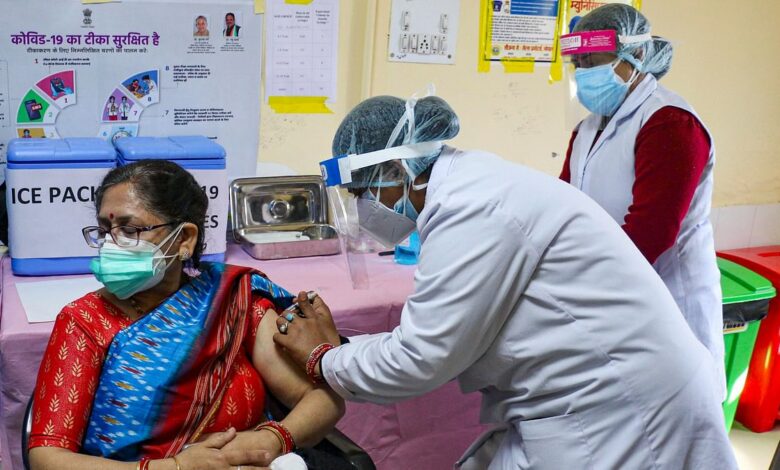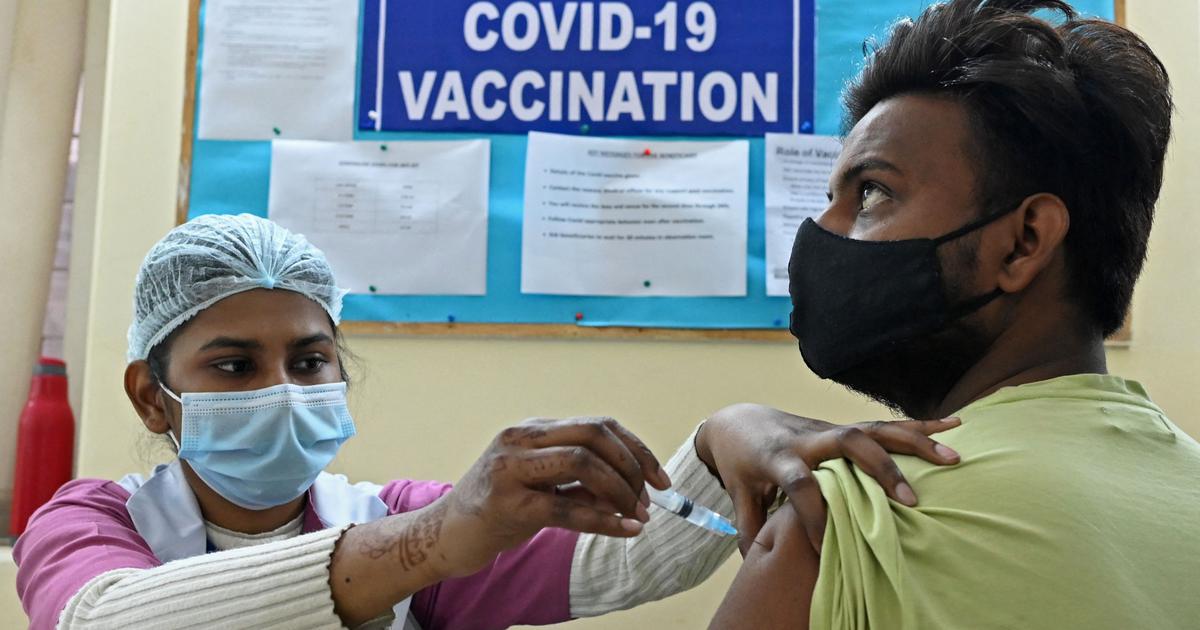How will India’s COVID-19 Vaccination Drive be carried out?

How will India’s COVID-19 Vaccination Drive be carried out?
It’s here. It is finally here. One of the biggest hopes we had while entering 2021 was to witness the end of this pandemic, to get out of our homes and get back to our old normal. And all of these hopes were dependant on just one thing- the vaccine. Seems like it’s time these hopes would be realised because the vaccine is ready and is here. The largest vaccination drive in the world begins in less than 24 hours i.e. from Saturday, January 16 and we can’t stay calm about it.
I know we’re all witnessing a mix of emotions right now- we’re happy, confused and hopeful all at the same time. There are so many questions that need to be answered and so many queries that need to be solved. Let’s talk about them one by one and start embracing the beginning to the end of the novel coronavirus.
3006 centres in the country have been assigned as vaccination sites and our Prime Minister, Mr. Narendra Modi is all set to address the nation on these sites and launch the inoculation drive tomorrow at Saturday, 10:30 a.m. via video conferencing.
India is all set to inoculate over 3 crores of its frontline workers against the virus that infected over 5 Lakh people and killed over 1 Lakh people in the country. The first phase of immunisation of the frontline workers would begin with the two indigenous vaccines, CoVaxin and Covishield. India is all geared up to start the vaccination process, with Serum Institute of India and Bharat biotech transporting consignment of vaccines via temperature-controlled trucks and air cargo to various parts of the country.
The first phase of immunisation against the virus is, to begin with, the priority groups that include health care workers, hygiene and cleanliness workers, the Army and disaster management personnel. Since the priority groups include different sections and strata of frontline workers, reports suggest that the first phase of vaccination would take a few months to complete considering more than 3 crore people fall in the category. At each of these 3006 centres across the country, 100 people each day are scheduled to be vaccinated. To identify people from priority groups and make sure no one is left out of the lists, Ministry of Home Affairs urged the Election Commission to hand forward the latest electoral roll data for Lok Sabha and Legislative assembly elections.
With a population of 130 crores, it definitely isn’t going to be an easy task to vaccinate the entire country and thus, the process is said to take inspiration from how the national elections are conducted. Like in an election, the immunisation process would take place for everybody above the age of 18. Each of these 3006 sites contains a list of beneficiaries i.e. the recipients of the vaccine shots, similar to how an election booth operates. The names on each of these lists are to upload on the government’s Co-Win portal, in advance of the vaccination process. The recipients of the Vaccine on the first day of phase 1 i.e. 16th of January was uploaded 2 days in advance.
The vaccination process every day is to be continued from 9 in the morning till 5 in the evening and would vaccinate people according to the hard copy of the list of names mentioned. According to statements issued by officials, anybody that comes to the centre before 5 pm would be vaccinated even after the session has ended i.e. after 5 pm. The Prime Minister while addressing the nation made the affirmation that the vaccination process would use its experience from the Universal Immunisation Program and people’s participation in the exercise.
In a similar statement issued by the Prime Minister, he claimed that the vaccines being administered in the first phase of inoculation would be free to the people and the entire cost for the same would be borne by the government. This implies that for the selfless services rendered by the people of priority group during the coronavirus pandemic, the government would bear the vaccinating cost of 3 crore people.
The 2 vaccines being used for the immunisation process have been approved for restricted use approval in an emergency situation by the country’s drug regulator CDSCO. This implies that the two vaccines, CoVaxin and Covishield have been given the approval to use despite the companies not having completed the clinical trials. Each individual is to be administered two shots of both the aforementioned vaccines, at a gap of 28 days.
The centre made sure that the states with a high prevalence of infection, namely states like Maharashtra or Kerala, get more vaccines as compared to other states that are reporting less number of new cases of the virus each day. However, ensuring the distribution of vaccines to each district and making sure each beneficiary is administered with two doses of the same vaccine, falls under the state’s category of regulation. Each state has devised its own policies and strategy pans to ensure the same.
Once vaccinated, the recipient’s name and data would be uploaded on the government’s Co-Win portal in real-time, probably using Aadhar information to assist in identifying and monitoring recipient’s data. A digital certificate, containing information about the beneficiary and details of when the second dose is to be administered, would be issued. After the second and final dose, a final digital certificate of being immunised will be generated.
To help check preparedness and devise effective strategies for national inoculation, India conducted 3 mock trials in lieu of vaccine rollout. This also helped in plugging loopholes in logistics and training, if any. A helpline number, 1075, is also issued for 24X7 help regarding queries about the vaccination process and the Co-Win software. Along with that? The Co-Win portal would also help in bringing transparency in the vaccination process and help curb misinformation and rumours of any sort during the process.
Looks the like is the country is ready for the vaccination process. Let’s mark the beginning of the end of Corona Virus.




